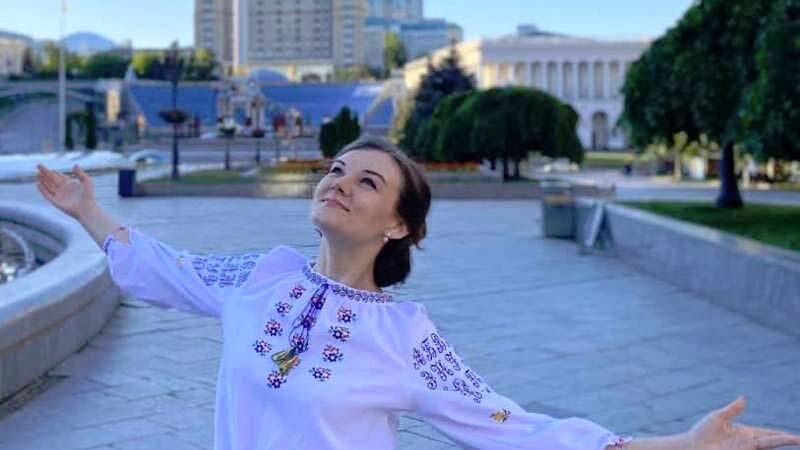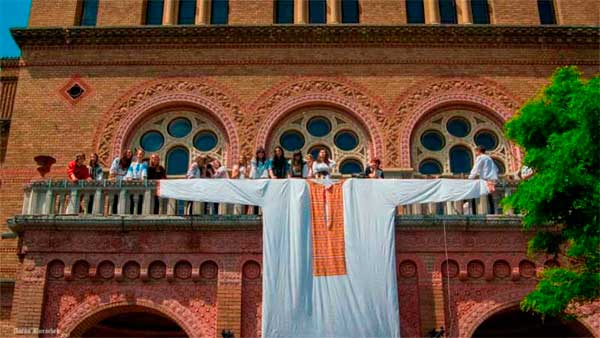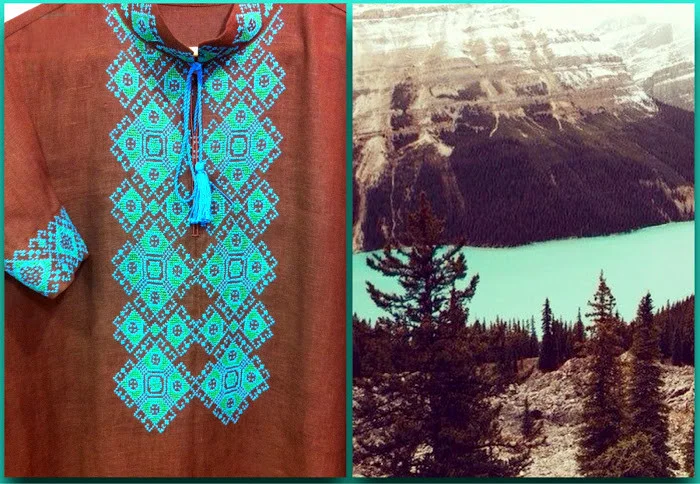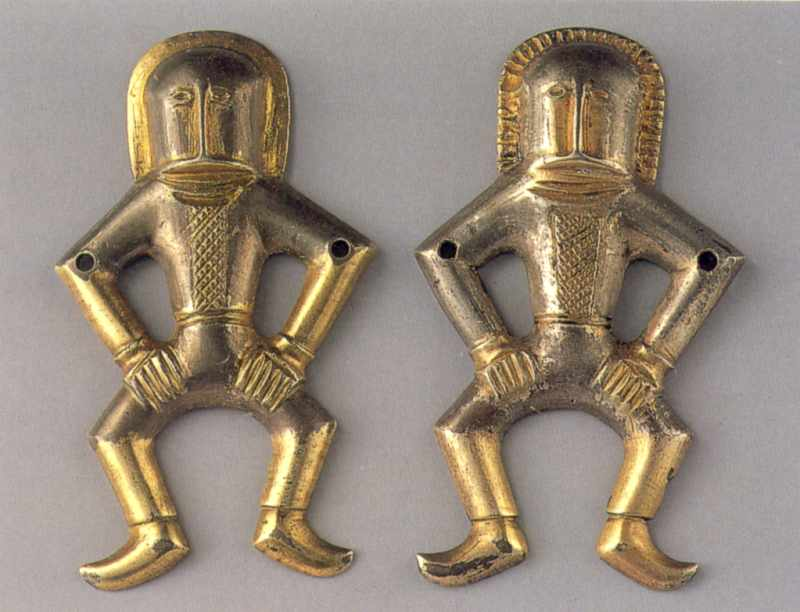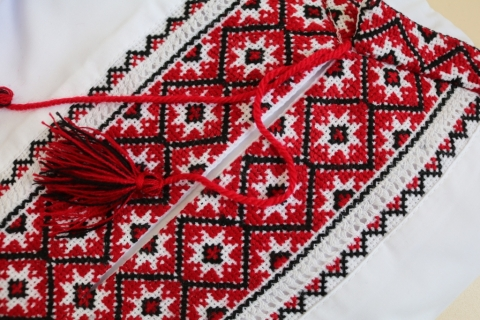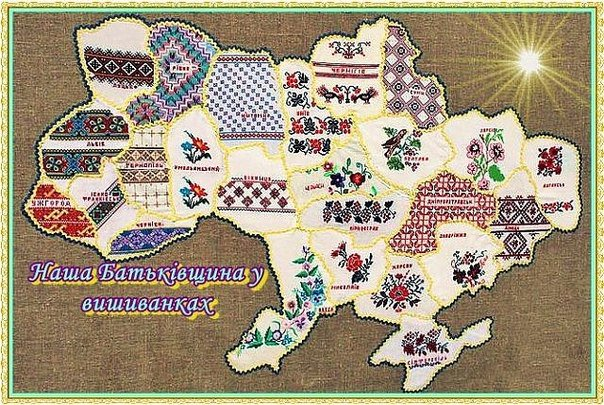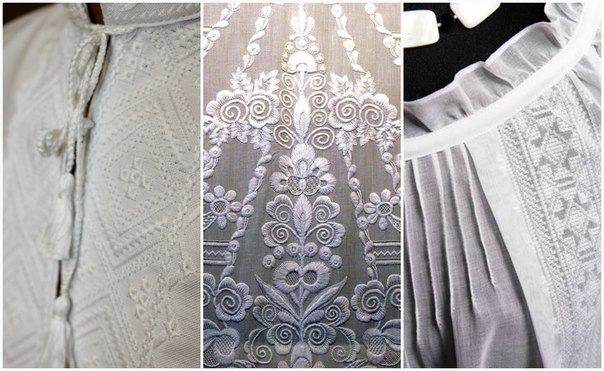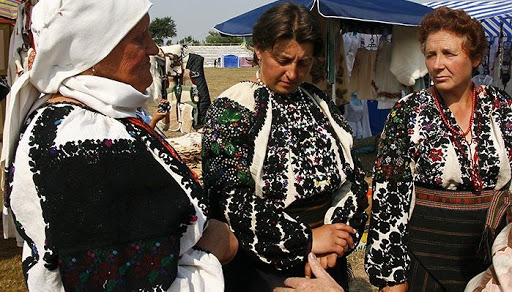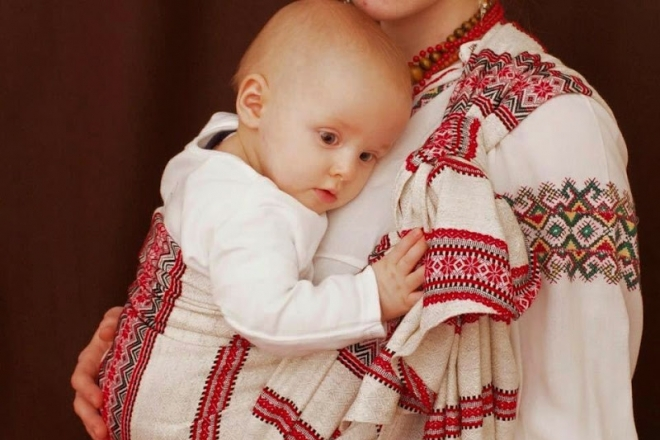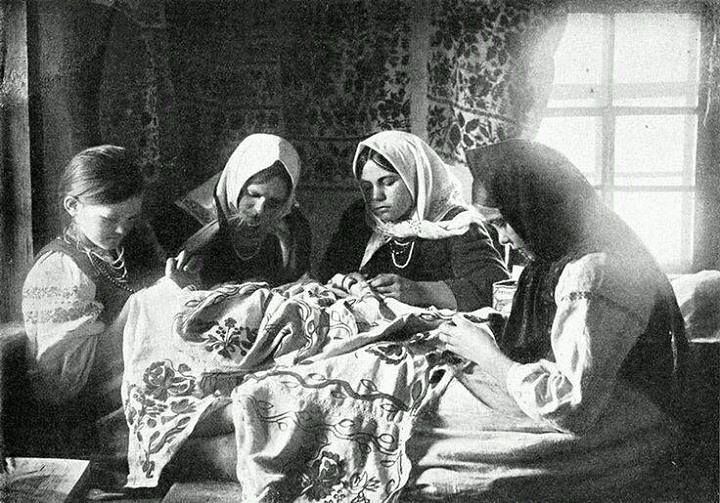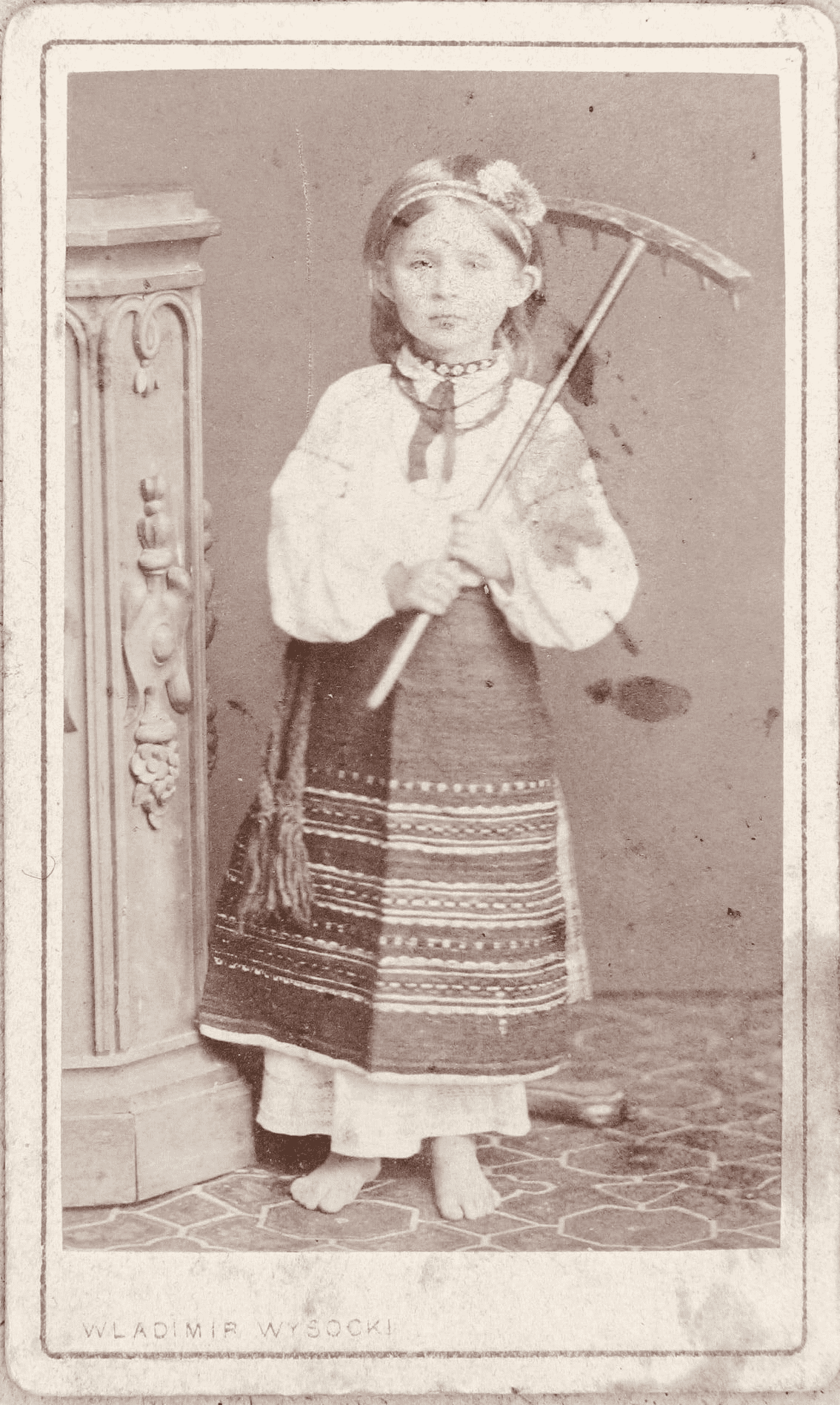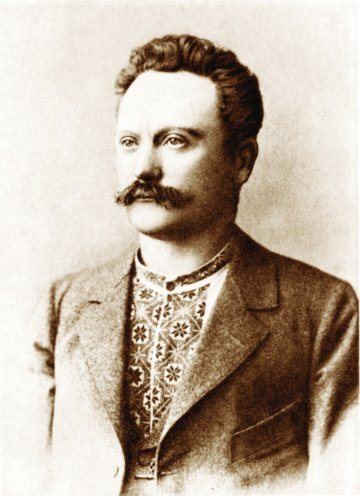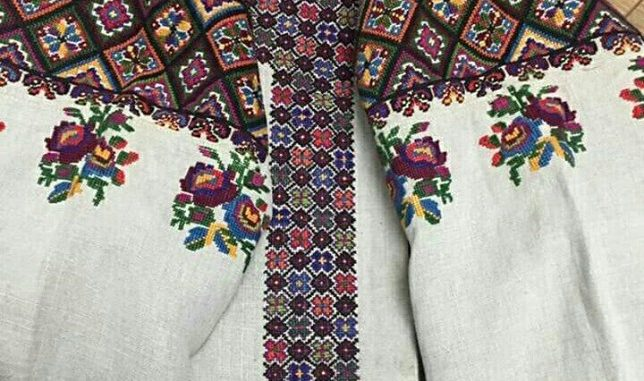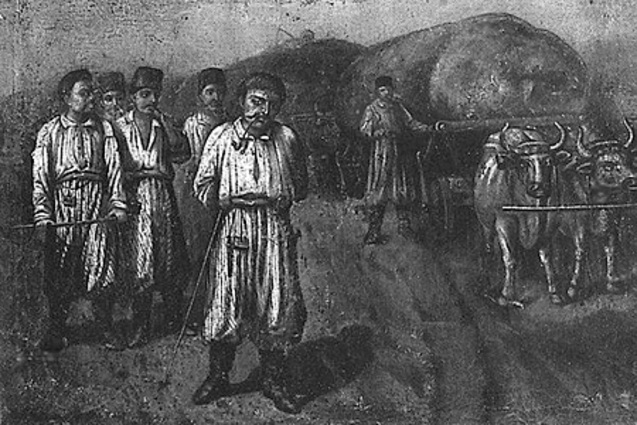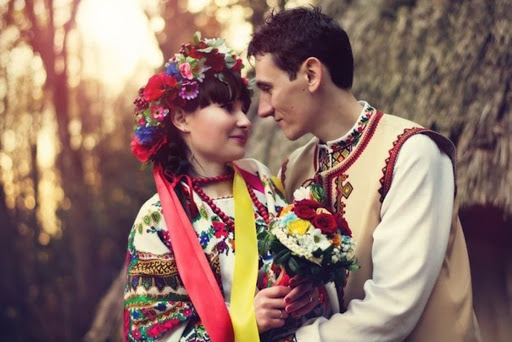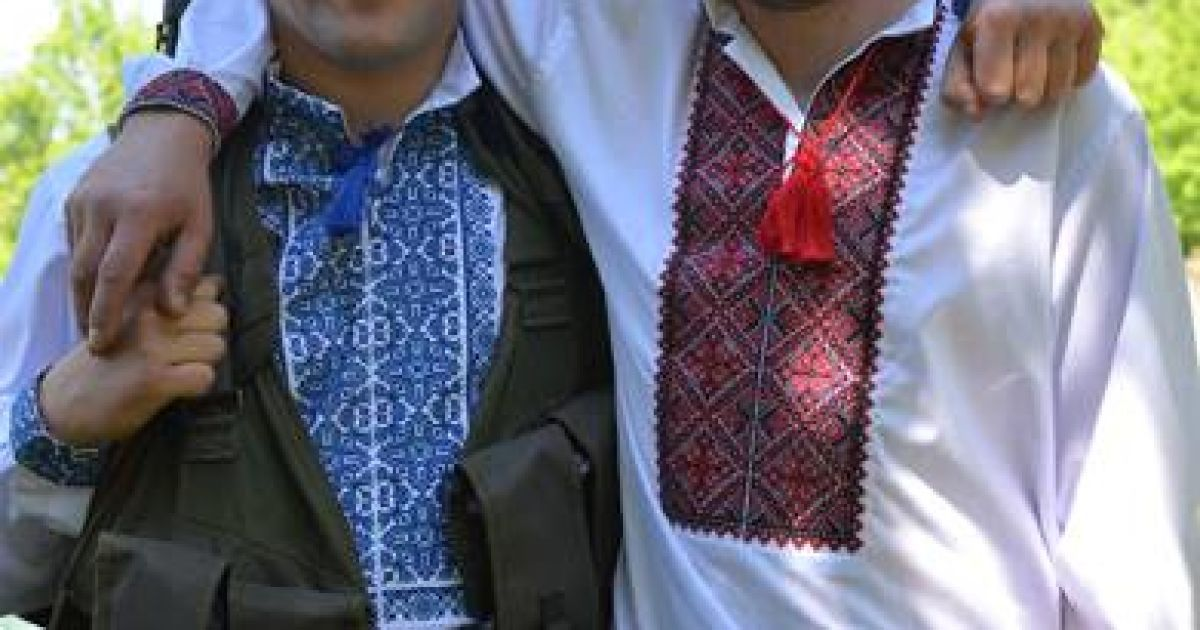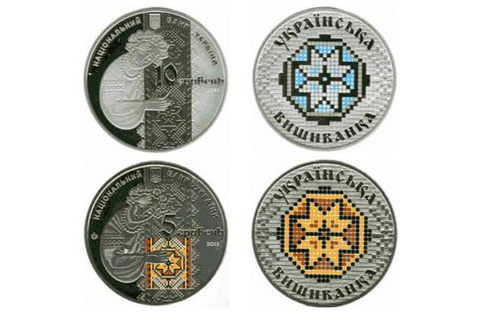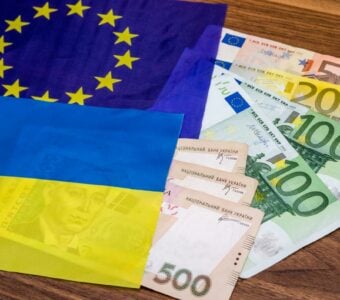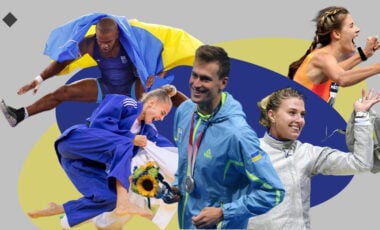Vyshyvanka Day: 20 facts that will surprise you
Vyshyvanka Day was created by a university student, and advertised by the Ukrainian diaspora. This year's day of the national embroidered shirt is dedicated to environmental issues.
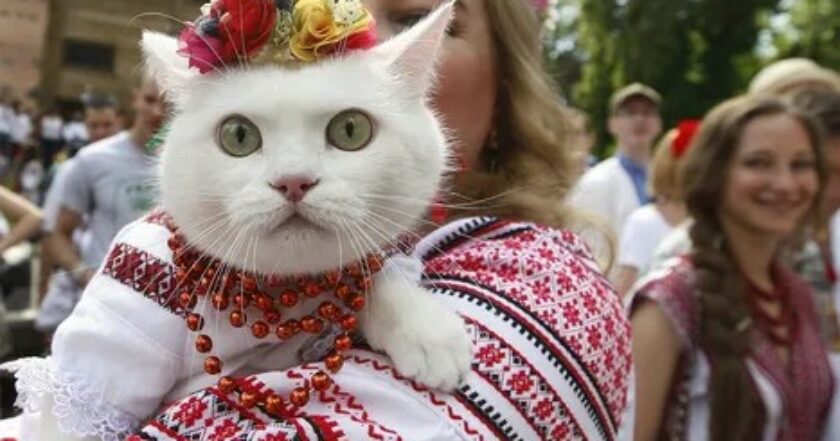
There's no national clothing that would fit into the present as well as the Ukrainian embroidered shirt.
The embroidered shirt isn't just Ukraine's hallmark and its national relic, it's a symbol of beauty and good health, happy destiny, and family memory. It's an amulet and prayer without words. Ukrainian embroidered shirt or Vyshyvanka, along with Ukrainian pysanka, is one of the most eminent symbols of Ukrainian culture. And it's beautiful, prestigious and modern!
Every year, on the third Thursday in May, thousands of people around the world wear Ukrainian shirts to celebrate World Vyshyvanka Day. The holiday's goal is to popularize ethnic embroidered clothing and honor Ukrainian traditions. It is easy to join the celebration of Vyshyvanka Day. You just need to come to work or place of study in a Ukrainian embroidered shirt.
On this year's Vyshyvanka Day, May 20, Rubryka has decided to share 20 facts about the national embroidered shirt that will surprise you.
1. We began celebrating Vyshyvanka Day in 2006. The idea to dedicate one of the days of the year to the Ukrainian national clothing came from a student of the Yurii Fedkovych National University of Chernivtsi Lesia Voroniuk. The girl noticed that from time to time, not only she but also other students come to classes in embroidered shirts. But it never happened that everyone would come wearing them at once. One day, she offered everyone to come to the university in embroidered shirts. Several dozen students took part in the event. But for the second or third year, teachers, students from other cities, public servants, employees of enterprises and institutions, and even taxi drivers began to join them.
"World Vyshyvanka Day is more of a holiday for me than my birthday," Lesia Voroniuk, now a writer, journalist, producer, and promoter of this lively and wonderful holiday, admits.
2. The Ukrainian diaspora around the world has become a driving force in promoting the holiday abroad. But, besides the diaspora, these clothes captured the hearts of the locals, who gladly began to wear them and support Ukrainians. Today, this holiday has gained international scale and Ukrainian traditional clothing is worn by people in more than 70 countries. Vyshyvanka Day is the largest Ukrainian event in Canada, where the Ukrainian diaspora numbers more than 1 million Ukrainians. This year, due to the pandemic, it will be held in Zoom. Prize draws, contests, and flash mobs, as well as greetings from representatives of Ukrainian communities from all provinces, are waiting for the celebration participants. The active participation of Canadian Parliament members during this holiday is also significant. It is recorded that in 2017, 2019, and 2020, MPs came to the session in Ukrainian embroidered shirts, showing respect for both their roots and their country's citizens, among whom a significant number are ethnic Ukrainians.
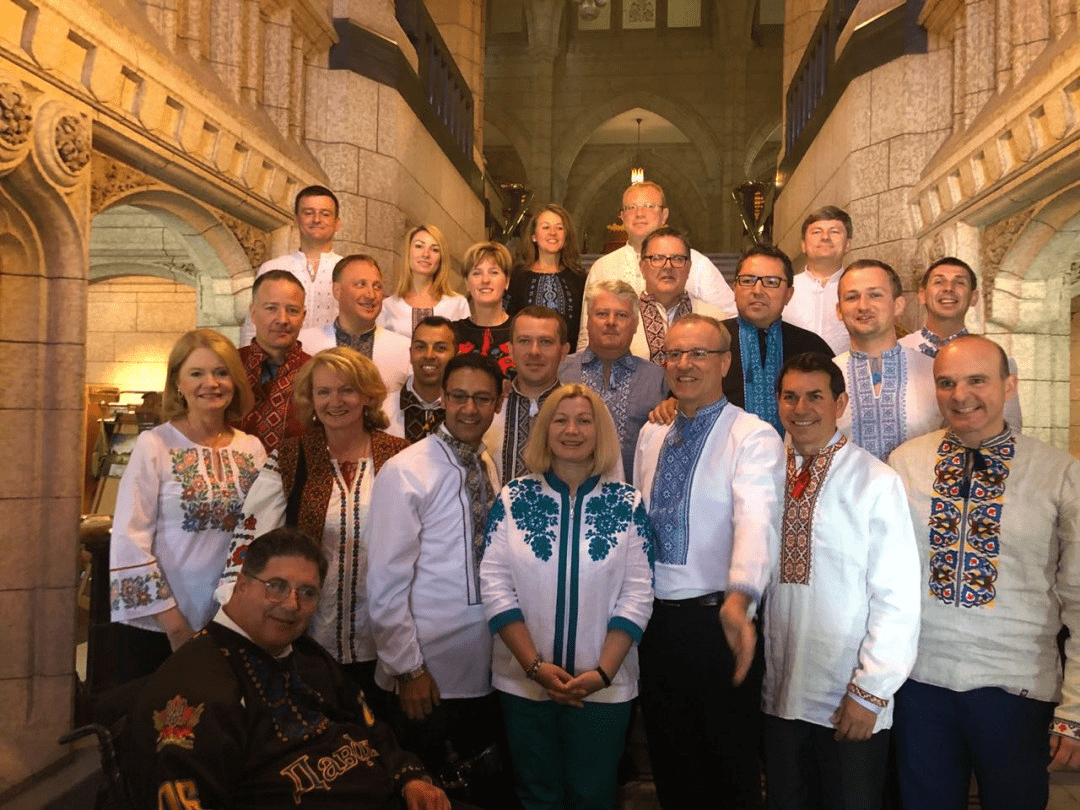
Members of the Canadian Parliament dressed in embroidered shirts on the occasion of the Ukrainian parliamentary delegation visiting Ottawa. Photo: Embassy of Ukraine in Canada
3. In 2011, the holiday's fifth anniversary was marked by setting a record for the number of people in embroidered shirts in one place. More than 4,000 people in embroidered shirts gathered on the Central Square of Chernivtsi. In the same year, the garment company sewed a huge embroidered shirt (4 by 10 meters) for the central building of the Yurii Fedkovych National University of Chernivtsi.
4. This year's 15th jubilee year of World Vyshyvanka Day is dedicated to Ukrainian traditional music and environmental issues, in particular, the problem of deforestation, drying of rivers, and plastic pollution. How are the environment and cultural heritage related? They're interpenetrating. When a certain area becomes uninhabitable, over time, all the local culture, which was created by ancestors for centuries, disappears.
5. In 1909, a treasure was excavated in the village of Martynivka, the Cherkasy region. Among the things found, dating from the VI century, there are statuettes of ancient inhabitants: men dressed in long wide shirts with patterned embroidery at chest level, who seem to dance the hopak. Some see images of ancient Slavs in these figures, i.e. Roksolany, Yazyhy, Aorsy, who wore embroidered shirts, shaved their heads with oseledets, and wore mustaches. There's no evidence for a statement, but you can't forbid legends to emerge. And the oldest example of embroidery, found in Ukraine (Mykolaiv region), dates back to the first millennium AD, a piece of purple embroidered with gold, it's a fragment of the Sarmatian woman's dress.
6. Traditional Ukrainian shirt isn't always embroidered. Traditional clothing includes not only embroidered shirts but also patterned ones. Interestingly, cross-stitch, which many consider traditionally Ukrainian, came to us from Europe only in the XIX century. It spread thanks to the advertising campaign of the founder of the Brocard & Co. perfume and cosmetics company Henri Brocard. Pieces of Brocard & Co. soap were wrapped in bright wrappers, which depicted mosaic floral ornaments, which served as embroidery patterns. Two-color embroidery with simple schemes quickly became an urban fashion. Thus, cross-stitch spread. And then a stereotype appeared about red and black embroidery as a symbol of love and sorrow.
7. Each region of Ukraine has its own embroidery technique, details, and themes for ornament and traditional embroidery colors. In total, there are about two hundred different embroidery techniques in Ukraine. The excessive popularity of the Brocard's cross-stitch almost supplanted the ancient Ukrainian ornaments, which were quickly replaced by a relatively easy-to-make seam. It's gratifying to know that today the ancient techniques are being revived: braiding, cutting, poking, nightingale eyes, satin stitch, nyzynka, hemstitch, weaving.
8. The traditional color of the Ukrainian shirt is white. Poltava embroidered shirt is considered to be one of the most difficult ones. It was embroidered mostly white on white, occasionally adding gray, black, or red threads to enhance the effect. The inspiration for such embroidery was nature: in the past, women embroidered mainly in winter, when there was no garden work. Sitting by the window, they watched the patterns that the frost painted on the windows and then transferred them to the canvas, that's how an embroidery in white on white appeared. In total, Poltava embroidery has about 180 different ways of execution. A pure white shirt embroidered with white threads was valued much higher than the usual one and served as an element of both men's and women's wardrobes. The technology of white-on-white embroidery in the village of Reshetylivka in the Poltava region is the only element of Ukraine's intangible cultural heritage that is related to embroidery and included in the national list.
9. Fragments of Trypillia culture are engraved in the amazing beauty of Borshchiv embroidery. And Borshchiv's embroidered shirt impresses with its technique: a block, a cross, a cross with bedding, "nyz" stitching, a curly stitch, quilting, a satin stitch, a chain. Ethnographers say some techniques are hopelessly lost. Until the 1930s, black color mostly dominated the Borshchiv embroidery. You can often find an explanation that the black embroidery on shirts was a sign of sadness. Women mourned the men who died in battles with the Turkish and Tatar hordes. But it's also just a legend. Until the beginning of the 20th century, Ukrainians didn't have separate mourning clothes; black as a mourning color is a trend of European fashion. In fact, the dominance of black color in Borshchiv embroidery resulted from the fact that threads were made at home from black sheep wool, which was very popular in the Ternopil region, so the black thread was the most affordable. In recent years, a real hunt for an authentic black Borschiv shirt has unfolded in Ukraine and abroad, and collectors are willing to pay a lot of money for it. "Black archaeologists" visited Borshchiv villages more than once, sweeping everything more or less valuable from the chests of local homemakers.
10. An embroidered shirt is festive, not casual clothes. In ancient times, women's and men's shirts were cut in the same way, later their cuts began to differ. On weekdays, Ukrainians wore weekday clothes, inconspicuous shirts made of linen or hemp, and on holidays, they wore embroidered shirts. The first shirt for a newborn was always sewn from worn and soft parental things. It was also believed that the clothes of the mother and father contained positive energy that will protect the child from disease, betrothal, bad people, and bad luck, and the shirt for babies was affectionately called "liolia."
11. Working on one embroidered shirt can take from two weeks to three years, depending on the embroiderer's skill and the techniques used. A woman could embroider a complex, multi-flowered shirt for herself all winter. But some women had a lot of land and worked and earned on it, and some poorer girls embroidered to order. It was very embarrassing to admit that someone else had embroidered your shirt. Orders were kept secret. Although everyone knew that there were craftswomen who embroider for others.
12. The famous photo of little Lesya Ukrainka in an embroidered shirt appeared not by chance but due to the protest of the Ukrainian intelligentsia against the Ems decree banning plays and publications in the "Little Russian" language. The result was that in almost all landowner families women began to wear the national costume (Ukrainian shirts), which had long been out of use. The writer Olena Pchilka, Lesya's mother, not only began to use Ukrainian national costumes in her daily life but also consciously took her children to the salon to be photographed in national costumes. And in 1884, choosing a nickname for her daughter, she combined it with the name of Ukraine. In this way, Olha Kosach (Olena Pchilka) expressed her political protest.
13. The first fashionista in the embroidered shirt was a prominent Ukrainian writer Ivan Franko. He combined the embroidered shirt with everyday clothes – a jacket. It is in this manner that the writer is depicted on a 20-hryvnia banknote. Ivan Franko not only wore an embroidered shirt as a sign of his identity but also tried to preserve the best examples of patterns and techniques for future generations, heading for the ethnographic commission of the Taras Shevchenko Scientific Society Museum in Lviv.
14. The embroidered shirt had served as a talisman against all evil for Ukrainians. It was its primary purpose. Therefore, shirts and dresses were decorated with patterns on the sleeves, collars, and hem, so that the pattern touched the entire body. Endowed with great strength, the embroidered shirt can work wonders. Ukrainians who returned from concentration camps in the postwar years told amazing stories about how our girls escaped death in prison by simply wearing their native embroidered shirts. They believe that embroidered shirts even have their energy fields.
15. One of our ancestors' ancient charms read: "Let a man do by a woman as white the shirt is on the body." That is why the girls had to embroider a shirt for their fiancé before the wedding. In many Chumak songs, there are words about the "unwashed shirt" because only the girl to whom the Chumak remained faithful had the right to wash it. The Chumak's return home in a washed shirt, probably by the hands of another woman, spoke of betrayal.
16. There was also a custom: the young bride had to give the groom and his parents embroidered shirts. The shirt for the future mother-in-law had to be soaked in very salty water before sitting down to embroider to avoid troubles and tears in the future family. They attached great importance to the ornament on embroidered shirts. You couldn't imitate the ornament, for instance, by a friend or relative, because it meant that a person seemed to "take away" or "repeat" someone else's fate.
17. War, it would seem, isn't the best time to wear an embroidered shirt. But history proves otherwise. Centuries ago, the Cossacks, going into battle, always wore an embroidered shirt, which was a kind of protector. Liberation struggle soldiers, Sich riflemen, and Ukrainian insurgents also wore it under their uniforms. Much time has passed since then, but national traditions have remained unchanged: today, many Ukrainian defenders in Donbas find a place for an embroidered shirt in their backpacks, along with the most necessary things. It's especially valuable when it's embroidered by a mother or beloved one.
18. And Donbas itself was completely Ukrainian until the 1950s. Before the party's new program of "merging nations into a single Soviet people" was adopted in the early 1960s, people in the Donetsk and Luhansk regions spoke Ukrainian and wore Ukrainian attire. Due to the forced Russification in the region, Ukrainian schools and kindergartens almost disappeared, and people began to speak Russian. On social media, the descendants of Ukrainians from the eastern regions often share early-twentieth-century photos that have survived in their families.
19. The National Bank of Ukraine issued two coins of 5 and 10 hryvnia denominations, dedicated to the Ukrainian embroidered shirt. These coins reproduce the traditions of embroidery in different regions of the country. They belong to the Ukrainian Heritage series (a series of coins launched by the National Bank of Ukraine in 2005). Both were put into circulation on August 20, 2013. Now collectors are ready to pay from 600 to 1,300 hryvnias for such coins.
20. Ukrainian artists, in particular poets, have always praised the beauty of folk costumes. There are 22 poems for children and adults about embroidered shirts. In Ukraine, they shot a whole documentary about the embroidered shirt, "Heritage of the Nation." The documentary's slogan, which premiered on November 3, 2016, was "Embroider to Survive." The film tells about the embroidered shirt as a spiritual heritage of the Ukrainian people and shows the variety of ornaments from all Ukrainian regions and the stories of people who tell about the value and uniqueness of the embroidered shirt for them. "There are interesting stories from Italy and the Emirates, these are the places where Ukrainians live," says director Oleksandr Tkachuk, "there are stories from the temporarily occupied territories. They met a woman who wanted to keep the embroidered shirt and pass it on to her descendants. She stays there, and her shirt is already in Kyiv. True or not, the family heirloom was transported through checkpoints."
View to get inspired, feel Ukraine's soul, speaking the language of embroidered patterns, and maybe even choose "your" ornament.


